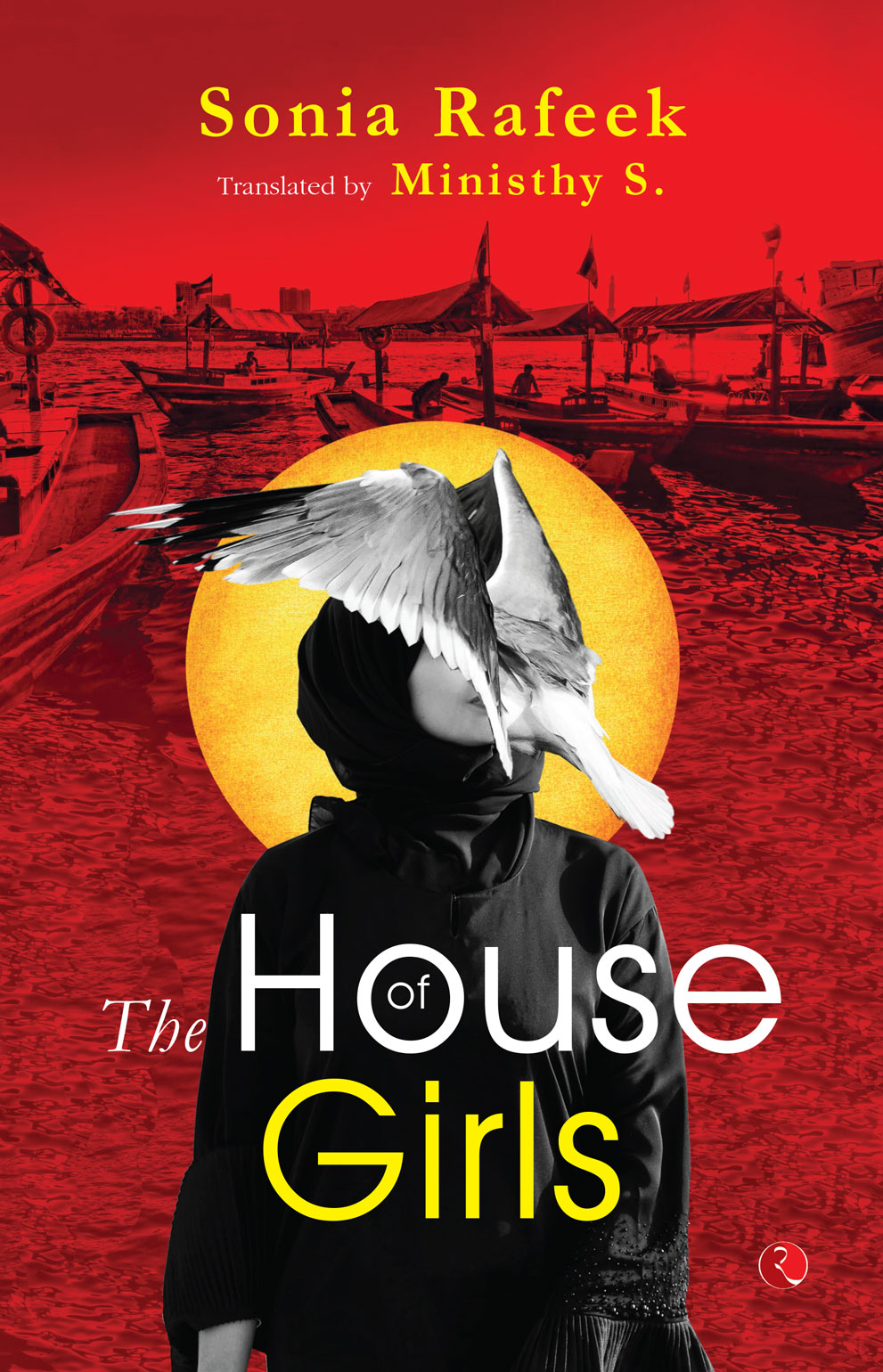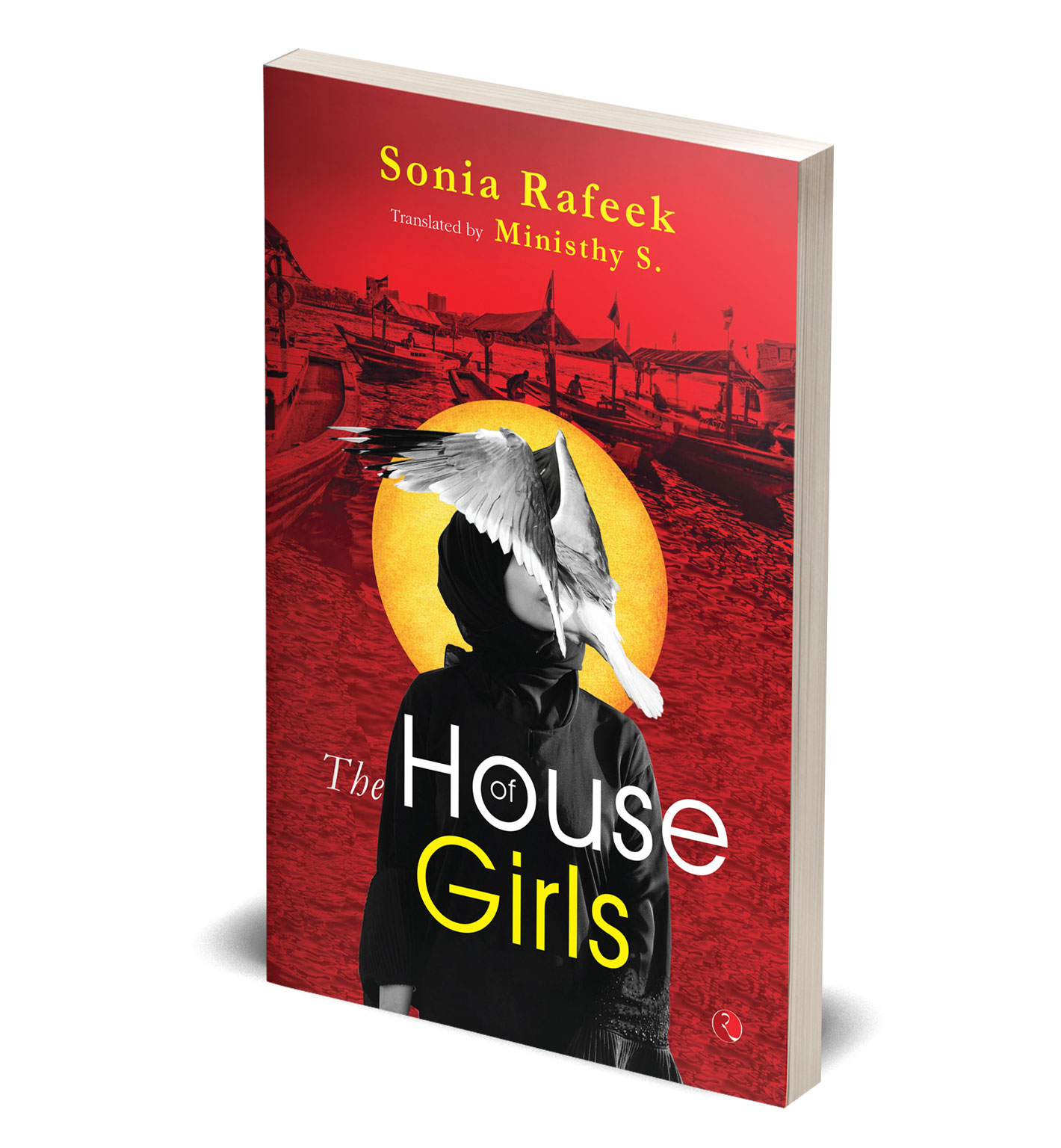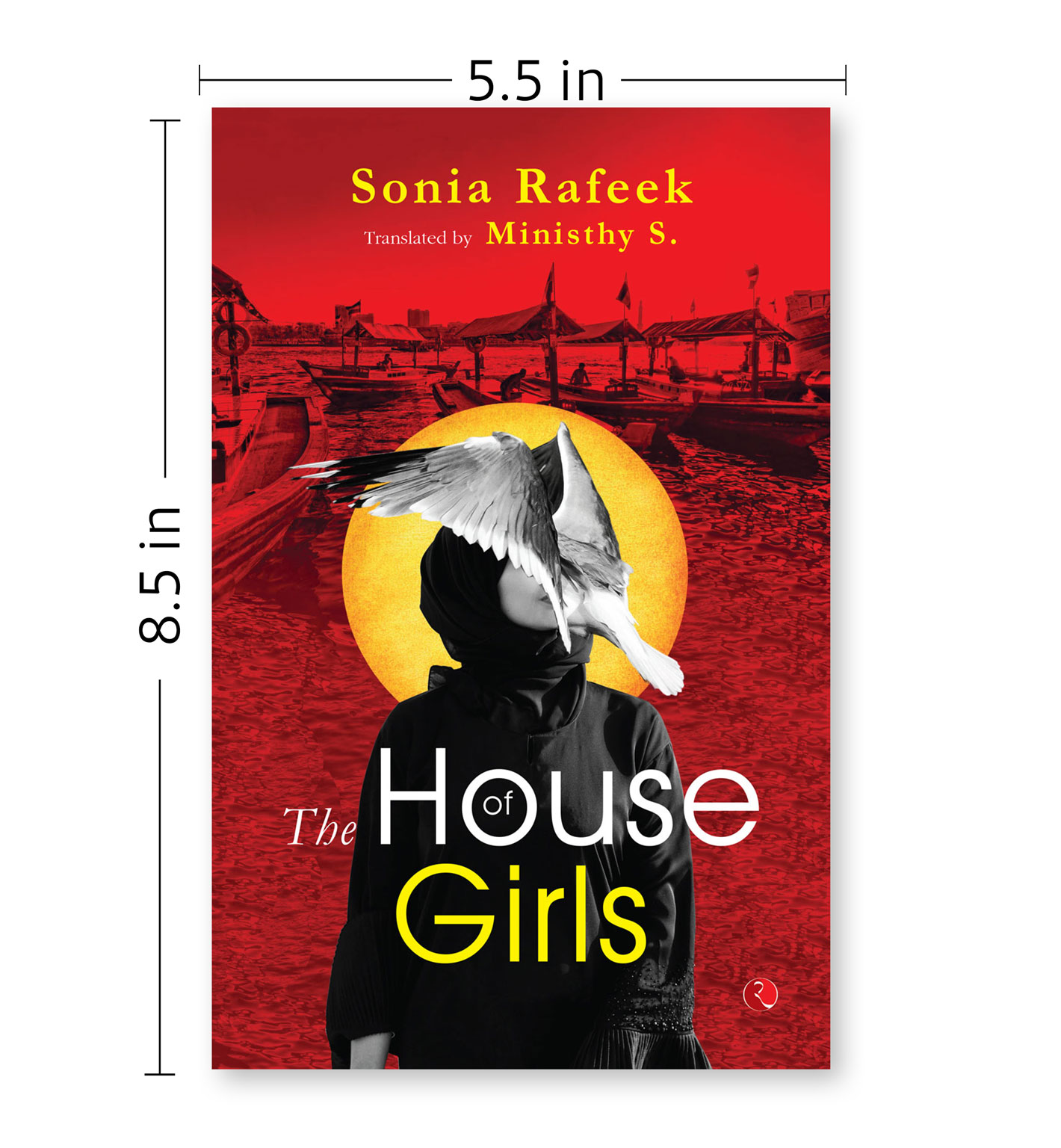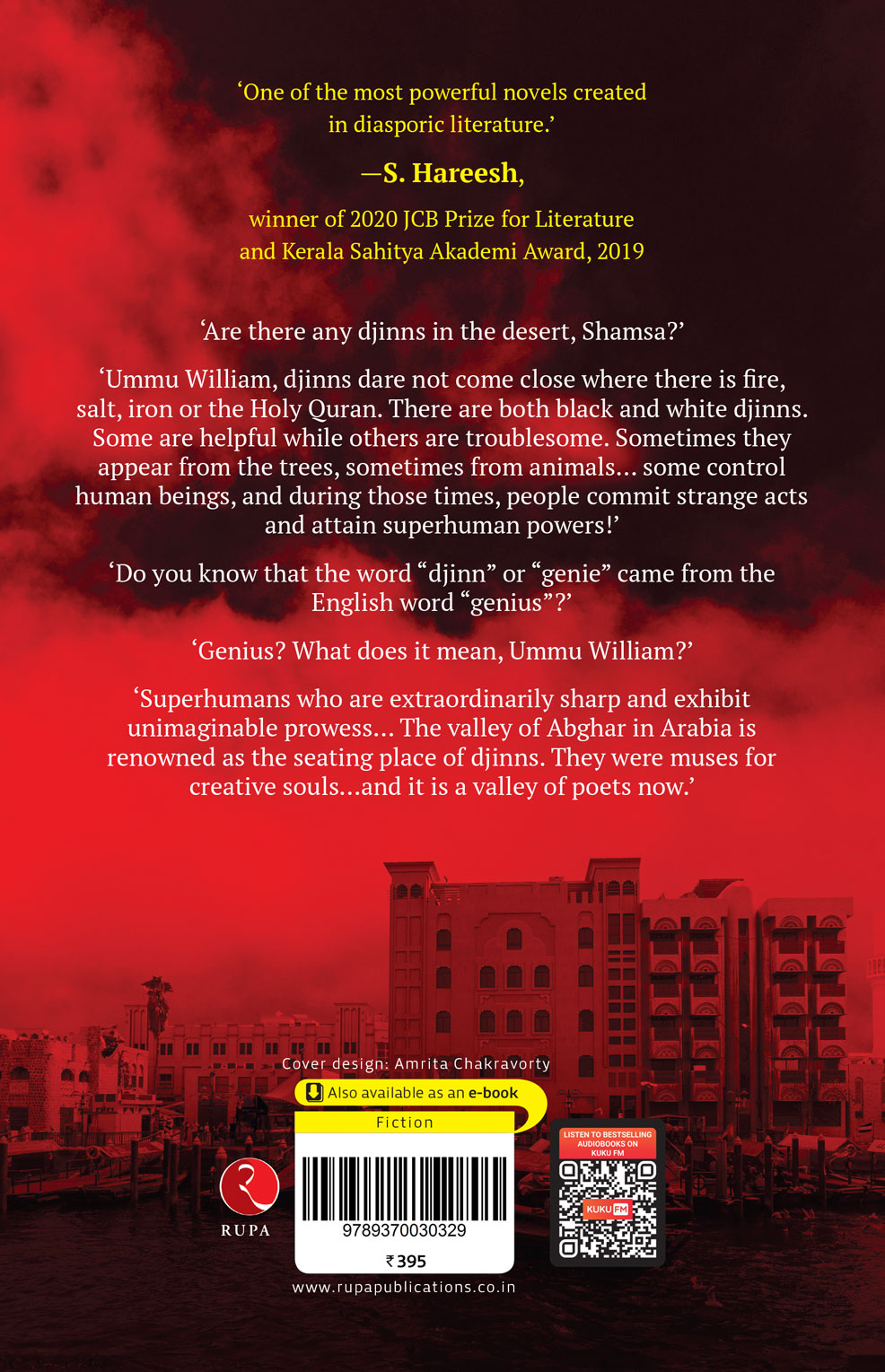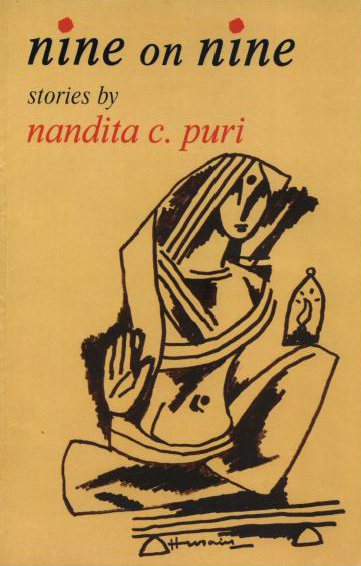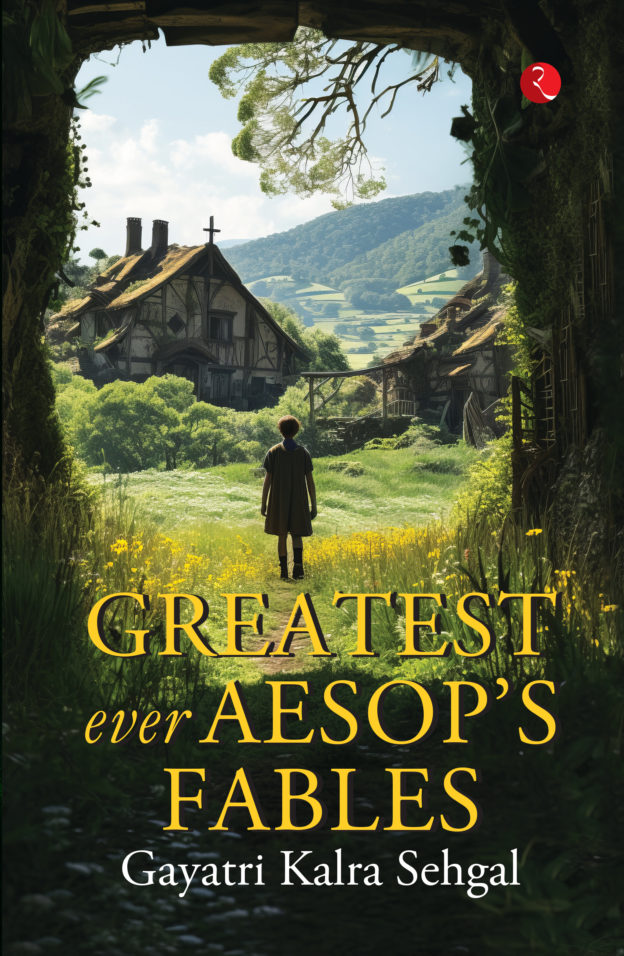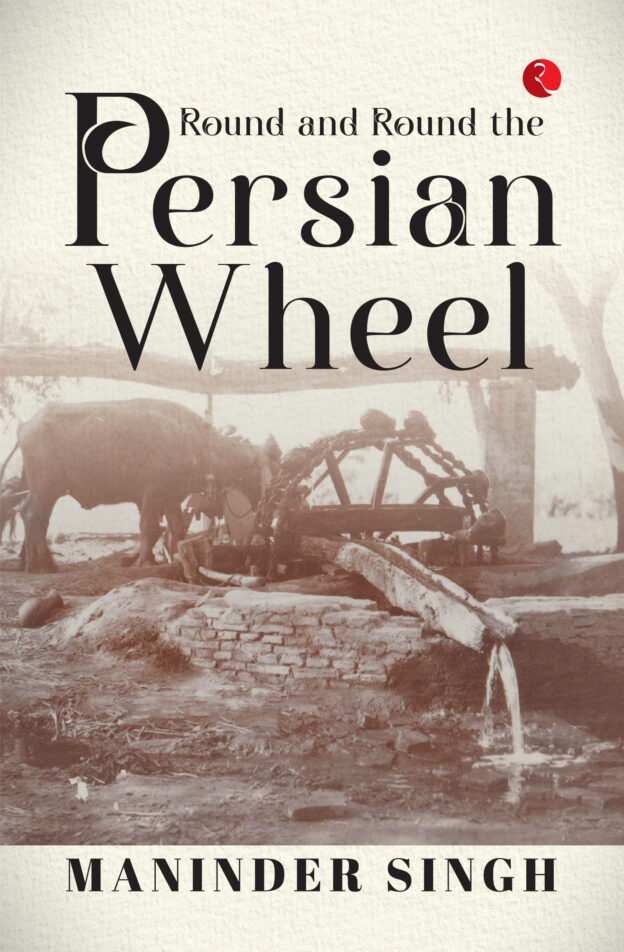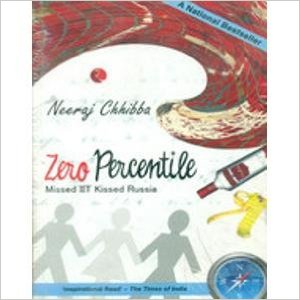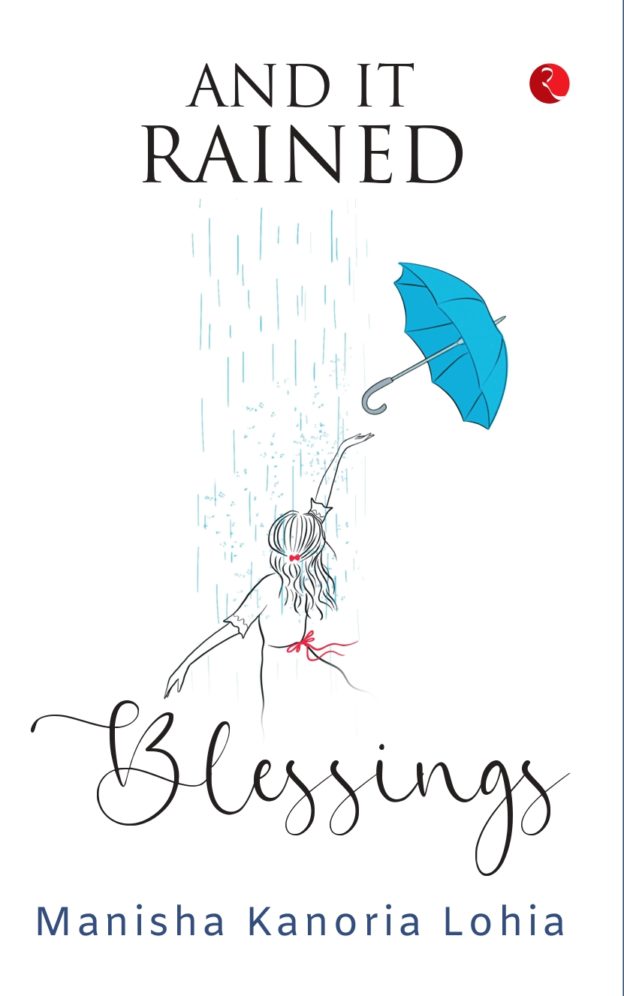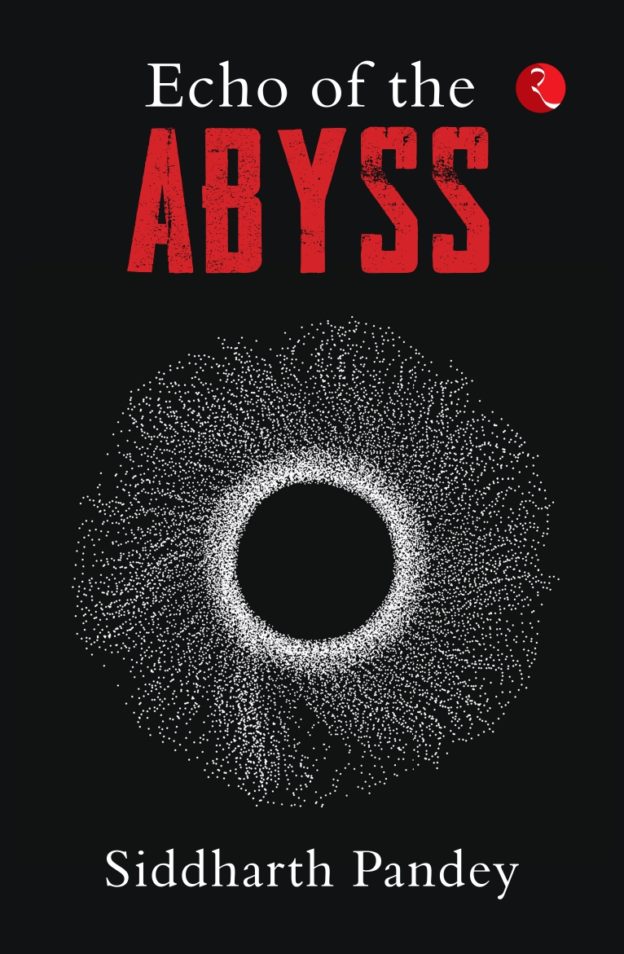Sonia Rafeek’s third novel The House of Girls is a historiographic metafiction crafted in a ‘novel within novel’ format. The story kicks off with the protagonist Nazia Hassan, working as a receptionist in a hospital in Dubai, receiving a book by courier written by someone else in her name. Embarrassed to the core, she tries to hide it, yet longs to see its contents.
As she starts reading the novel, the story of ancient Dubai—its evolution from a small coastal town to a hub that came to be called the Venice of the Gulf—unfolds before the reader.
The new novel titled ‘Bait Al Banat’ unravels the life of three sisters, Mariam, Soraiyya and Shamsa, who lived in the historic Gold Souq area. They remained unmarried throughout their lives and earned their living by doing small-scale businesses. After their death, the house was converted into a Women’s Museum in 2012. Nazia’s life and memories and the lives of the three Emirati women intertwine in the chapters, even though they are presented as two separate stories.
The novel encompasses several myths and stories prevalent during those times, giving the reader an idea about the culture and sentiments of the people of the region. The youngest sister Shamsa is an ardent storyteller and through her stories, the novel provides a sneak peek into the era when Arab women wove many a story to put their children to sleep, rein in wandering husbands and sons, and burn to ashes the fears within. This women-centric novel talks about their aspirations for freedom and the battles they fought to establish their identities—both inside and outside their homes. Overall, The House of Girls blends in a fantasy world embracing the sea and the sands with all their hues.





